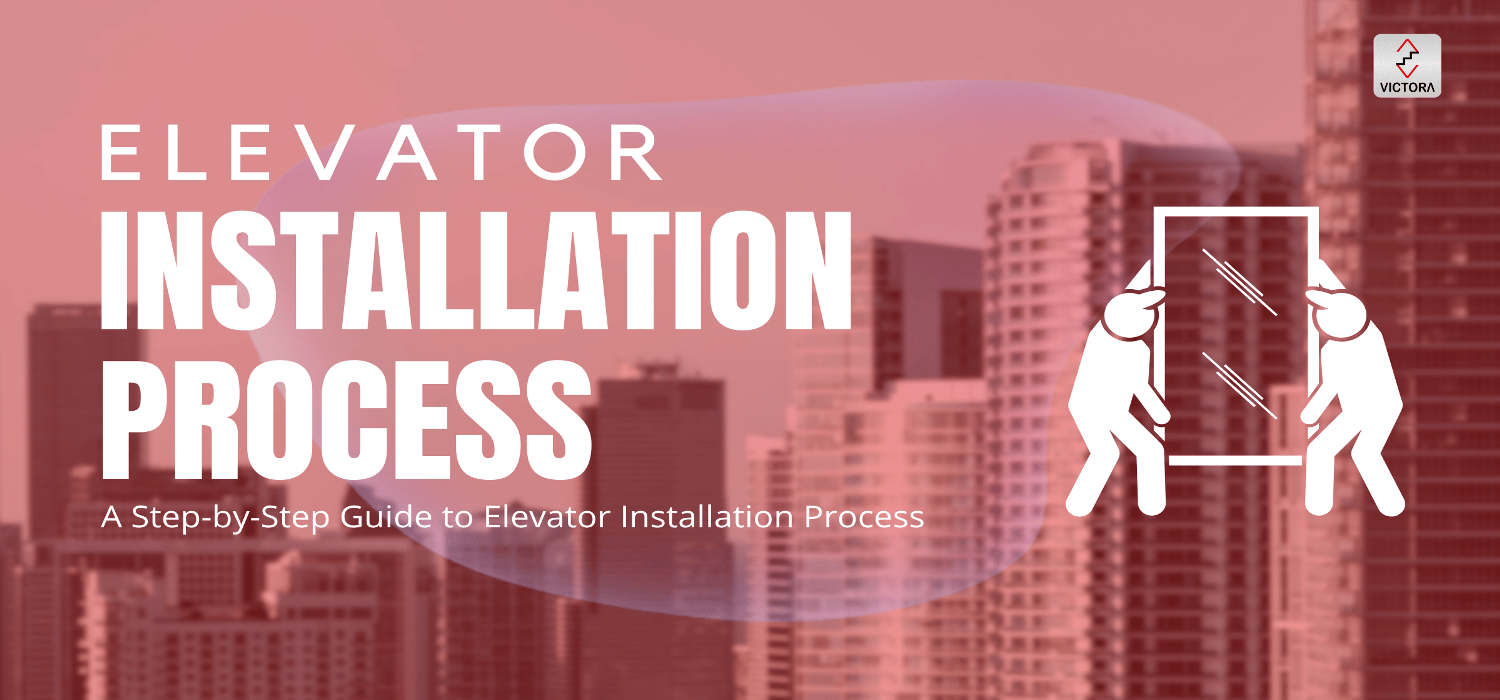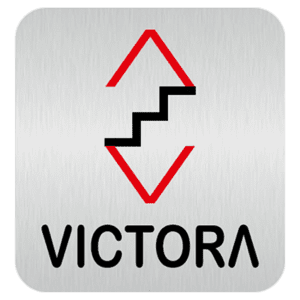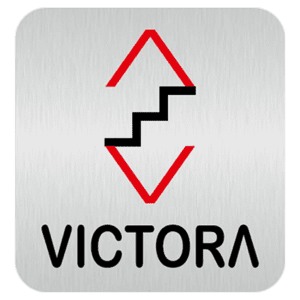
In today’s rapidly evolving world, characterized by the prevalence of vertical lifestyles, elevators have seamlessly woven into the fabric of our daily existence. The elevator installation Process is mere convenience and revolves around enhancing accessibility, augmenting property valuation, and prioritizing safety.
Whether you’re vested with the role of a homeowner or entrusted with the responsibilities of a business owner, installing an elevator mandates scrupulous forethought, precise execution, and ongoing maintenance.
Within this all-encompassing manual, we will navigate through each phase of the elevator installation odyssey, offering insights, pointers, and precautions that pave the way for a productive and streamlined procedure.
Read now as we embark on an expedition to uncover the realm of elevator installation.
Introduction – Elevator Installation Process
Elevator installation is not just about adding a mechanical device to a building; it’s a transformative process that enhances accessibility and convenience for individuals of all ages and abilities. Beyond the practical benefits, elevators also add significant value to properties, making them more attractive to potential buyers and tenants.
Pre-Installation
Elevator Necessity and Planning
Elevators have evolved from luxury to a necessity, especially in multi-story buildings. The pre-installation phase involves meticulous planning, beginning with a site inspection. During this step, experts examine the building’s structure, layout, and available space to ensure it meets the requirements for safe elevator installation.
Read more – A Comprehensive Guide to Elevator ADA Compliance
Regulatory Compliance and Permits
The legal aspects of elevator installation are crucial. Obtain necessary permits and licenses from local authorities, including building permits, elevator permits, and electrical permits. Compliance with regulations ensures the installation’s safety and avoids potential legal issues.
Elevator Design for Safety and Efficiency
Elevator design is the cornerstone of a successful installation. Factors such as building structure, intended use, and local codes dictate the design. A well-designed elevator guarantees safety, efficiency, and longevity, ensuring a smooth experience for users.
Installation Process
Laying the Foundation: Guide Rails Installation
The installation process kicks off with laying the foundation – the guide rails. These rails serve as the elevator’s tracks and require precise alignment for seamless operation. Properly installed guide rails ensure the elevator car’s smooth movement within the shaft.
Assembling Hoistway Components
Next comes the assembly of hoistway components, including support brackets, counterweight guide rails, and pulley systems. Each component plays a critical role in the elevator’s functionality. Their accurate installation is essential for the elevator’s long-term performance.
Elevator Carriage Installation
The elevator carriage, or cab, transports passengers and goods. Installing the carriage involves integrating it with the guide rails and hoistway components. Ensuring safety during this phase is paramount, as any oversight can compromise the elevator’s operation.
Wiring and Electrical Components
The heart of modern elevators lies in their electrical components. This phase involves the installation of the elevator control panel, wiring, and safety switches. Precise wiring and adherence to safety standards are imperative to prevent malfunctions and accidents.
Post-Installation
Inspection and Testing
After installation, a thorough inspection and testing process is mandatory. This step ensures compliance with safety standards and the proper functioning of the elevator. Any identified issues should be addressed promptly to prevent future problems.
Permit Application
Applying for permits is a necessary administrative step. Depending on your location, different permits might be required to certify the elevator’s safety and compliance with regulations. Adhering to local permit regulations is essential to avoid complications in the future.
User Training and Regular Maintenance
User training is vital to ensure the elevator’s safe usage. This includes educating users about emergency procedures, weight limits, and general operations. A regular maintenance schedule is crucial to prevent unexpected breakdowns and prolong the elevator’s lifespan.
Maintenance
Ensuring Longevity Through Maintenance
Regular maintenance is the lifeline of elevators. Scheduled inspections and checks help identify potential issues before they escalate into costly repairs. Preventative maintenance keeps the elevator functioning smoothly and extends its operational lifespan.
Safety Measures
Prioritizing Safety Throughout
Safety should be the driving force behind every step of elevator installation. Proper safety gear, like helmets and safety glasses, is mandatory during installation to protect workers. Operating precautions, such as adhering to weight limits and proper behavior inside the elevator, are essential for user safety.
Conclusion
Elevator installation is a multifaceted process that blends technology, design, safety, and functionality. This guide has provided an in-depth overview of each stage, from planning and design to installation, maintenance, and safety measures. Elevator installation is mere convenience; it represents inclusivity, accessibility, and innovation.
Following the best practices outlined in this guide ensures a successful elevator installation and contributes to a more connected and accessible world. As buildings continue reaching for the sky, elevators will remain the cornerstone of vertical mobility, ensuring everyone can rise to new heights of opportunity and convenience.



Curious topic